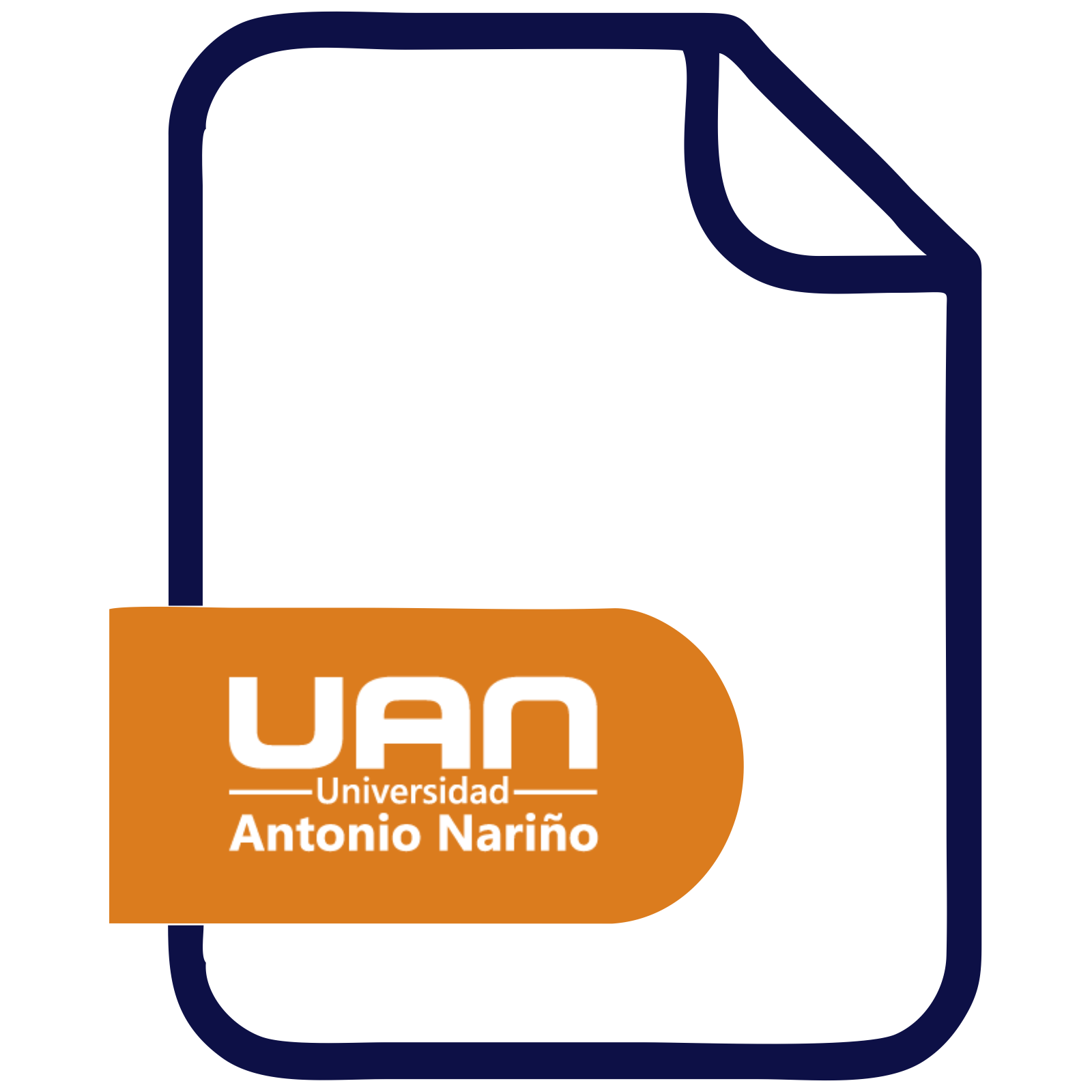Por favor, use este identificador para citar o enlazar este ítem:
http://repositorio.uan.edu.co/handle/123456789/2662> Repositorio UAN
Repositorio UANComunidades y ColeccionesTitulosMateriasAutoresFecha de publicacion
Mi CuentaAccederRegistro
Mi CuentaAccederRegistro
| Título : | Planteamiento de estrategia de higiene postural en trabajadores de la palma aceitera, con base al análisis de factores de riesgo ergonómico |
| metadata.dc.creator: | González Hernández, Juan Felipe Posos Muñoz, Mayra Lizeth |
| metadata.dc.contributor.advisor: | Garzón Castañeda, Luis Augusto |
| Palabras clave : | Trastornos musculoesqueléticos;Factores de riesgo ergonómico;REBA;Higiene postural;Cosecheros de palma |
| Resumen : | Musculoskeletal disorders (SMD) are one of the most common occupational diseases affecting thousands of workers around the world, mainly related to factors such as manual handling of loads, forced postures and repetitive movements (European Agency for Safety and Health in the Work, 2019). The agricultural sector is especially considered by the International Labor Organization (ILO) as one of the most dangerous work activities due to the great postural burden to which workers are exposed. The objective of this work is to propose a strategy for postural correction during the tasks carried out in the process of harvesting the oil palm fruit to reduce exposure to ergonomic risk factors in the company Inversiones El Borrego SAS, through an ergonomic evaluation. With the REBA method (Rapid Entire Body Assessment) that 53 workers distributed in the positions of cutter, gatherer and various trades are evaluated through photographic material of the positions adopted during their working day and conducting a survey with questions associated with the sociodemographic profile added to the application of the Nordic Kuorinka questionnaire in order to establish the present symptoms. According to the results of the Nordic questionnaire, it was observed that 70% of the workers manifested discomfort in some part of the body associated in 53% with discomfort at the dorsal-lumbar level followed by the neck in 19%. The application of the REBA method revealed the prevalence of a medium risk level in the three study groups with 90% in cutters, 59% in gatherers and 36% in various trades; However, it should be noted that the position with the highest percentage of high risk level was that of garbage collector 41% and the one with the highest percentage of low risk level was that of various trades 55%. On the other hand, no statistically significant association was found between the assessment of the method and the discomfort presented. However, the age of the workers is a risk factor associated with the appearance of TME. |
| metadata.dc.description.tableofcontents: | Los trastornos musculoesqueleticos (TME) son una de las enfermedades de origen laboral más comunes afectando a miles de trabajadores alrededor del mundo, principalmente relacionada con factores como manipulación manual de cargas, posturas forzadas y movimientos repetitivos (Agencia Europea para la Seguridad y la Salud en el Trabajo, 2019). El sector agrícola especialmente es considerado por la organización internacional del trabajo (OIT) como una de las actividades laborales más peligrosas debido a la gran carga postural a la que están expuestos los trabajadores. El objetivo de este trabajo es proponer una estrategia para la corrección postural durante las tareas realizadas en el proceso de cosecha del fruto de palma aceitera para disminuir la exposición a factores de riesgo ergonómico en la empresa Inversiones El Borrego S.A.S, por medio de una evaluación ergonómica con el metodo REBA (Rapid Entire Body Assesment) ese evalúan 53 trabajadores distribuidos en los cargos de cortero, recolector y oficios varios mediante material fotográfico de las posturas adoptadas durante su jornada laboral y realizando una encuesta con preguntas asociadas al perfil sociodemográfico sumado a la aplicación del cuestionario nórdico de Kuorinka con el fin de establecer la sintomatología presente. De acuerdo a los resultados del cuestionario nórdico se observó que el 70% de los trabajadores manifestó molestias en alguna parte del cuerpo asociado en un 53% a molestias a nivel dorso-lumbar seguido del cuello en un 19%. La aplicación del método REBA permitió evidenciar la prevalencia de nivel de riesgo medio en los tres grupos de estudio con un 90% en corteros, 59% en recolectores y 36% en oficios varios; no obstante cabe resaltar que el cargo con mayor porcentaje de nivel de riesgo alto fue el de recolector 41% y el de mayor porcentaje de nivel de riesgo bajo fue el de oficios varios 55%. Por otra parte no se encontró una asociación estadística significativa entre la valoración del método y las molestias presentadas, sin embargo la edad de los trabajadores es un factor de riesgo asociado con la aparición de TME. |
| URI : | http://repositorio.uan.edu.co/handle/123456789/2662 |
| Editorial : | Universidad Antonio Nariño |
| metadata.dc.publisher.campus: | Villavicencio |
| metadata.dc.publisher.faculty: | Facultad de Ingeniería Industrial |
| metadata.dc.date.created: | 2020-05-28 |
| metadata.dc.rights.uri: | http://creativecommons.org/licenses/by-nc-nd/3.0/us/ |
| Aparece en las colecciones: | Ingeniería industrial |
Ficheros en este ítem:
| Fichero | Tamaño | |
|---|---|---|
| 2020AutorizacióndeAutores.pdf Restricted Access | 598.32 kB | Visualizar/Abrir Request a copy |
| 2020JuanFelipeGonzálezHernández.pdf | 6.77 MB | Visualizar/Abrir |
Este ítem está sujeto a una licencia Creative Commons Licencia Creative Commons




